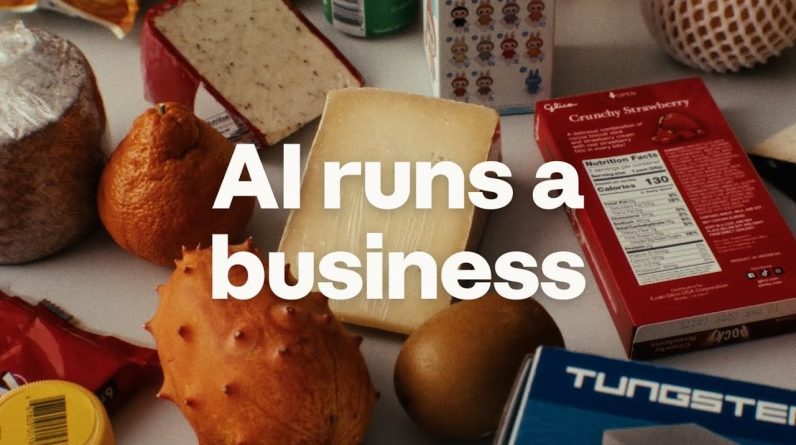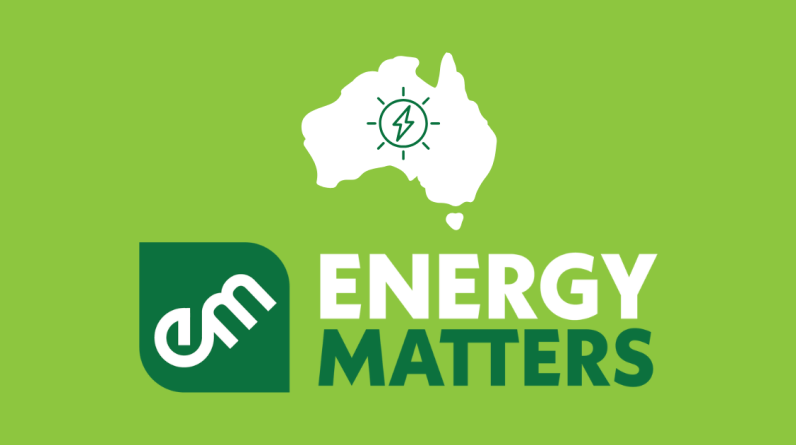“Oh, what a surprising message! You’ve made me cry! You’re the most thoughtful and sweetest friend ever!” My friend Elena was deeply touched upon reading the poem I sent her for her birthday. I captured her love for music, mentioned her dog Bella, and even her passion for her career. But instead of feeling proud, I felt guilty. Yes, I had sent her a customized poem. I “wrote” it while playing around with ChatGPT, killing time in the supermarket queue. It took me 30 seconds (I asked for it, copied it, and pasted it in our Whatsapp chat), and she truly appreciated the gesture. This was back in December 2022, when the app was just catching wind. Obviously, she wasn’t aware.
Do you think my guilt was justified?
The reality is that ChatGPT is just a sneak peek of the innovations to come. New technology is now capable of communicating and making content in ways comparable to humans. It’s called generative artificial intelligence (AI). How does it work?
Imagine generative AI as a musician. The algorithm is trained to collect huge amounts of data — from the internet and other inputs — and then generate outputs that mimic the information it’s gathered. But what’s interesting is that the AI is not merely “copying” things down. It’s learning, putting the data together in new ways to create original content, similar to how a musician is trained to read notes and string them together into new melodies. Through this method, AI can now write poems and songs, create code, text, videos, and 3D simulations, help us organize a project or a party, and more. Generative AI has experienced a boom in the last three months, with millions of new users feeding the algorithms new data, allowing the technology to expand its knowledge, practice, and get smarter.
While these changes may seem scary to some, you have the option to view AI as a tool that empowers you. AI will not steal your job if you know how to make the best of it. Here, young professionals have an advantage: As digital natives, you can navigate these changes and the opportunities they bring with an open mind.
So, how can you make the most of generative AI (and avoid its downfalls)?
To start, learn more about it.
Get your hands dirty! There are a ton of generative AI apps in the market. Perhaps the most popular is ChatGPT, where you can ask the AI to do almost anything, from writing you a story to giving you a dinner recipe. There’s also Soundraw or beatoven, which generate AI music, dall-e, which creates images, and Descript, which puts together videos. Yet another app, Looka, can make interesting logos. Spend some time playing with these technologies. Just 20 to 30 minutes will give you an idea of what’s possible and what works best with each.
Reframe the narrative you’re telling yourself.
AI brings enormous business opportunities. In fact, a study by McKinsey in 2022 found that companies had doubled the use of AI in the last five years. If this scares you, it’s time to reframe your thinking.
The truth is that AI can augment the capabilities of workers. Imagine a chef who uses a kitchen robot to save time on tedious tasks that require extra precision: chopping onions, shaving carrots, preparing the highest quality dough. That chef can now use their talent in other, bigger ways, like surprising their guests with new dishes and flavors. The kitchen robot doesn’t know about taste and will only follow the instructions of the chef, who now has more time to experiment.
In the same way, generative AI can save you time, no matter what field you work in. It can create content for marketing, forecast numbers for finance, or code for software developers. Publicists can use it write press releases. Health professionals can even use it to improve their diagnosis. You, the worker, are still in charge, you just have more freedom to strategize, think big, and excel.
While some jobs may disappear, new careers will arise at pace. This pattern isn’t something to fear. It’s been happening for centuries. If we go back 50 years, there was no such thing as digital marketing, social media management, or cybersecurity. Now, those industries employ thousands of people around the world. I’m currently working in the cloud business, but when I was in school, cloud computing didn’t exist. Careers in blockchain technology, digital health, and social media influencing — these are all paths that arose in the last decade. Even if we look at the past two years, jobs have emerged around organizing virtual events, and the DEI industry is ripe with opportunities.
All this to say, we may not know the names of the jobs that will be popular next, but we know that changes in technology and society will drive them. As a young professional, you can lead the charge. You can be a pioneer.
Use technology to your advantage.
Picture yourself with a personal assistant sitting next to you, helping you complete the tasks that burn you out. With more free time, what will you do? If you’re a journalist, for instance, you might use generative AI to help you gather data and brainstorm how to tell stories in new ways. If you’re a software developer, you might use generative AI to write code while you focus on figuring out what products will bring customers the most value. If you work in marketing, you might direct it to create the copy for a campaign that you had ample time to develop.
The key here is not just understanding how generative AI works — but what it can do for you, your job, and your industry. Ask yourself: What tasks drain me? What energizes me? Are there new tools being developed that can take the former off my plate? If this was true, where could I focus my efforts? What new skills could I develop to get ahead? Your answers will help you come up with a strategy around how to take advantage of — as opposed to avoid — new tech. AI is not here to remove you, but to empower you to focus on where you can uniquely add value.
I recommend using online learning tools to get up to speed on what’s out there. Look for influencers in the technology area who can guide you. People like Allie K. Miller, Bernard Marr, or Elizabeth M. Adams consume tons of information and test innovations. It’s their job to keep you updated on the latest trends.
Be cautious in your experimentation.
As exciting as this all may sound, it comes with some caveats: Generative AI has just arrived, and there are still many questions about it. As you experiment with new tools, be mindful of this, and practice caution in uncharted territories. For instance, if generative AI were to give you instructions around how to run a project, who would be responsible if something went wrong? AI may be your personal assistant, but remember that you probably can’t blame it for a mistake.
You can protect yourself from the downsides by being extra thoughtful and following your intuition — something computers don’t yet have. Don’t accept all the content AI gives you, or blindly trust a bot’s advice. AI can and does perpetuate existing biases. Just think of the Lensa app, which went viral on social media in December 2022. People were uploading selfies to the algorithm, which would then create a series of digital avatars featuring their image. The outcome? Most of the results perpetuated sexist gender stereotypes. Because the AI was trained by images from internet, it tended to sexualize women and hyper masculinize men.
What’s more, there is a big diversity problem in tech. According to McKinsey, only 27% of the employees developing AI solutions identify as women, and 25% identify as racial or ethnic minorities. Currently, 46% of organizations have active programs to increase gender diversity within those teams, but it’s not enough. As humans, we’re inherently biased, but the more diverse our teams are, the more likely we are to check one another and develop more equitable products. If more women had been involved in developing the Lensa app, for instance, the team may have caught the problem before it went public.
In other words, if the team developing the tech is not inclusive, then neither is the tech. So, if your personal experience and anecdotes tell you that the tech is not right, or the information it gives you is skewed, listen to your gut. Use AI as a new perspective, but keep exchanging views with others when looking for answers to difficult or nuanced problems.
Finally, keep in mind that the wealth of information that makes this AI so smart includes your information. When applications are free, you are usually paying with your own data. Before uploading pictures, videos, or other personal information, ask yourself if you trust the source. Be vigilant because their governance is not ready for new cases.
Remember bots are not people.
For those who are extra skeptical, you can find solace in the fact that robots will never be humans. AI may be accurate and efficient, but there are many situations in which it can’t compete with us. When discussing my health, for example, I want to talk to a human. A chatbot will not give me the empathy I need when receiving difficult news. AI still struggles to understand deeply personal situations.
This brings me back to my original question: Should I feel guilty that my friend was so grateful for the poem that took me seconds to create? In the end, it was my idea to tell the AI, “Write a poem for my friend Elena who is turning 28 today. She lives with her little white dog, Bella, plays wonderful music with her guitar, and will soon find a new job in human resources.” I was the one who sent it to her on her birthday, and it gave me more time to prepare her surprise party. Of course, I also asked AI for some ideas around that, but in the end, I was guilt-free.






